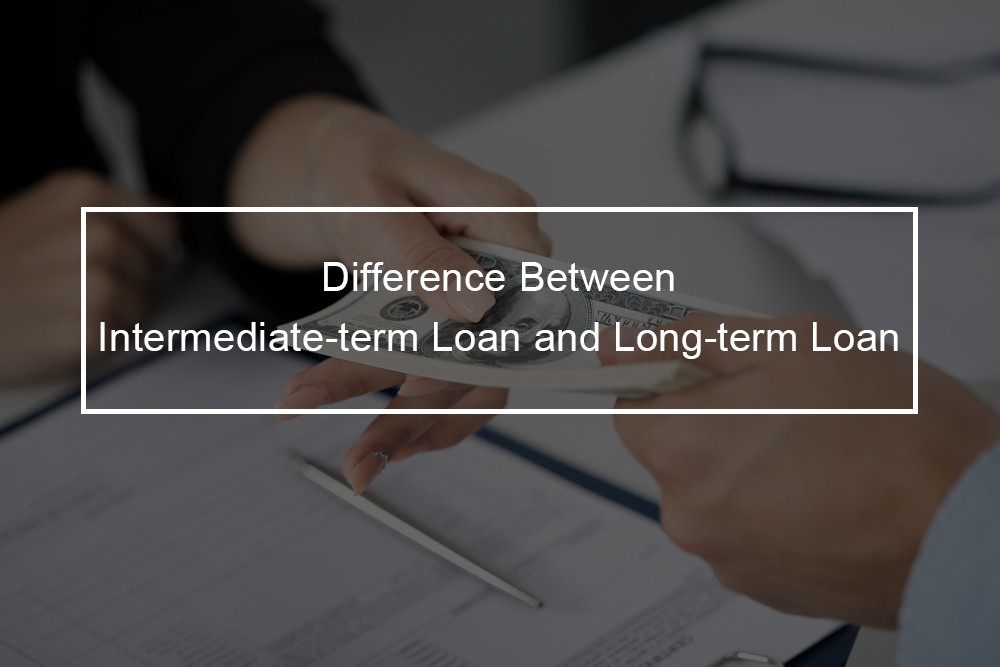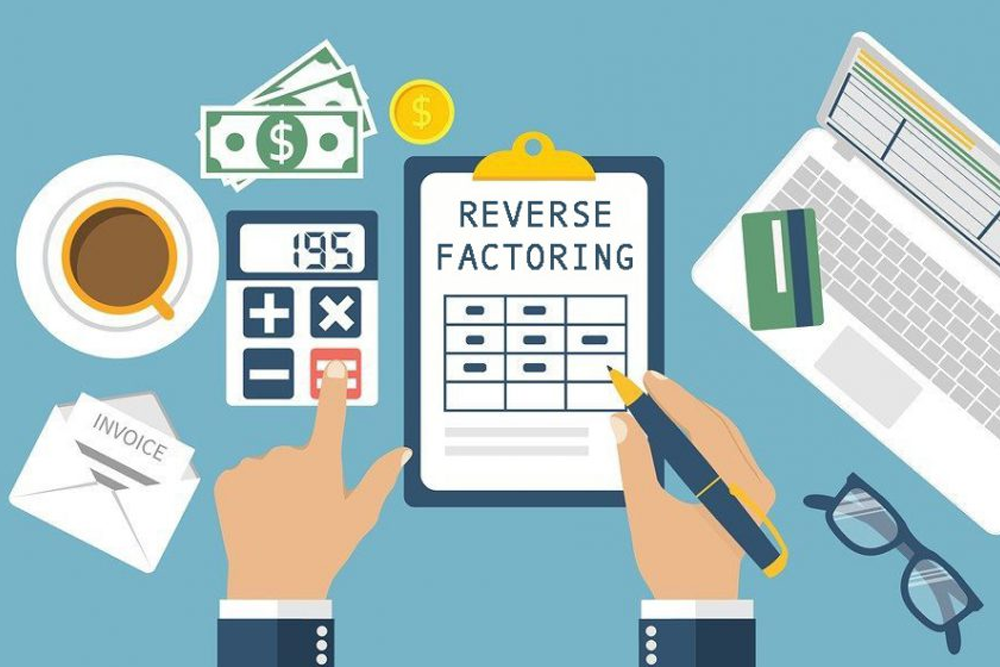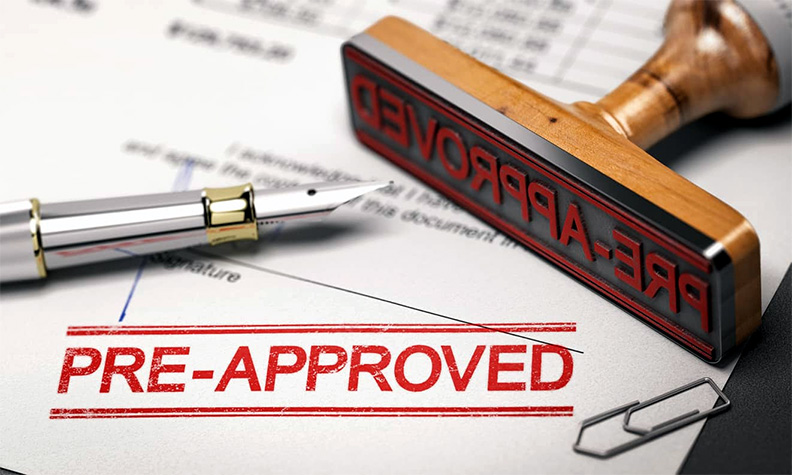Your business is doing well and is ready to grow. The only problem, you do not quite have sufficient funding to get there.It does not help that you are not certain where to start with small business loans, either. For instance, what is a term loan? What about the difference between types of term loans. If you do not know about these term loans, you could be missing out on financing your business. This post will focus on both intermediate-term business loans and long-term business loans and why you need to use them. Business Terms loans have different maturities but different purposes as well.
What is a term loan?
A term loan is a bank loan for a particular amount with a specified repayment schedule and either a floating interest or fixed rate. A term loan is usually appropriate for an established small business with sound financial statements. Moreover, a term loan might require a substantial down payment to lower the payment amounts and the loan’s total cost. In corporate borrowing, a term loan is often used for real estate, equipment, or working capital paid off between one and 25 years. Usually, a small business uses cash from a term loan to buy fixed assets. Some businesses borrow the money they need to operate from month to month. Many banks have established term-loan programs specifically to help businesses in this way.
What is a long-term business loan?
Bank term loans often carry fixed maturities, interest rates, and a monthly or quarterly repayment schedule. The long-term loan has a maturity of three to ten years, even though long-term bank loans can stretch out as far as twenty years, depending on the loan’s purpose. Long-term bank loans are always secured by a company’s collateral, often in the form of the company’s assets. Long-term loans are often repaid by the company’s cash flow over the loan’s life or by a particular percentage of profits that are set aside for this purpose.
The purpose of long-term business loans
Businesses should typically follow the rule of tying the length of their financing to the life of the asset they are funding. So, if a company requires making a major capital improvement, like buying a piece of equipment for the manufacturing process that will last ten years, a long-term business loan would be the appropriate funding type. If a business requires to purchase capital equipment, buildings, other businesses, or undertake construction projects, a long-term loan is the way to go.
Qualifying for a long-term business loan
Long-term business loans are hard for start-up businesses to acquire. Usually, only established companies with some years of financial success are accepted for long-term bank loans. The business has to provide its business plan and several years of historical financial statements to secure a long-term loan.
Moreover, it has to prepare forecasted financial statements to show it can repay the debt. Before a small business looks for a long-term loan, they should always compare the debt cost with the cost of leasing the asset which they want to fund. The interest rates on a long-term business loan are often a few points lower than the interest rates on a short-term business loan in a normal economy.
As long as you know the prime rate of interest, you can add a few points to that and develop something close to the interest rate the bank will charge on your long-term loan. Those few points will indicate how risky they feel your business is. The riskier your business, the more points they will include to the prime rate of interest. In assessing your business’s risk, banks will look at the 5C’s of the creditworthiness of your company.
How much can you obtain through a long-term business loan?
Usually, long-term loans start at $25,000 and go up toward $200,000. The more financing you require, the more rigorous the approval process becomes. Typically, the ease of acquiring a long-term loan depends on many elements, including your company’s financial strength, the bank you have chosen to do business with, and the health of the economy. For example, during the Great Recession, loans were not easy to come by.
Long-term loan cost
Rates for long-term business loans are ground on principle and interest and are wide-ranging from four percent up to 29-percent. Why is there such a big range in an interest rate? Well, typically, long-term business loans are risk-based, so all of the qualifications and documents needed are assessed to generate an overall risk score, which will then relate to the rate you will be offered.
What is an intermediate-term loan?
Definitions vary from lender to lender; however, most commonly, intermediate-term loans differ from long-term loans in one key respect: These loans usually run for fewer than three years before they come due. During the life of the debt, business owners pay back their lenders or bank in monthly installments. Some intermediate-term business loans have balloon payments at the end of a set duration, meaning that company owners must pay the remainder of the loan’s value in a huge lump sum. Usually, borrowers have to make payments on an intermediate-term loan every month or twice a month. Intermediate-term loans are available both from banks and alternative online lenders.
The purpose of intermediate-term business loans
Intermediate-term loans are used to fund assets that are not long-term in nature, like computer systems that might have an economic life of only around three years. They are best suited for growing, revenue-positive companies with a need for capital to expand further. For instance, you can use an intermediate-term loan to purchase inventory and supplies, open a new location, or hire more talent.
If your company is new or you are trying to improve your credit, then a short term business loan is more beneficial. For much larger purchases, such as purchasing a new building, long-term loans, such as SBA loans, are your best bet. An intermediate-term business loan’s approval process is almost as rigorous as it is for a long-term loan. Generally, suppose a business has a tight budget and needs funds having a long repayment plan quickly of not more than three years. In that case, it should consider getting intermediate-term financing.
Qualifying for an intermediate-term loan
Intermediate-term loans are many. Nevertheless, different banks are willing to take on different levels of risk. Some banks will need more evidence that a business will be able to pay back a loan than will others.
Like in long-term loans, before giving business owners intermediate-term loans, banks and lenders want to know how much capital the businesses have. The lenders want to see assets that can be converted into cash quickly. Lenders can depend on these liquid assets to repay their loans in the event that a company owner defaults on payments. A business owner’s capital may include stocks, apartment buildings, and other real estates.
Lending institutions will also want to see a strong business plan before lending money. They will be especially interested in the revenues and expenses that business owners project for their ventures. If these figures seem poorly researched, the odds are good that lenders will pass.
How much can you obtain through an intermediate-term business loan?
Usually, intermediate-term loans offer up to $500,000 in financing, a monthly or bi-monthly payment schedule, and mid-market interest rates. It will basically take two to three weeks to get funding with an intermediate-term loan.
Intermediate-term loan cost:
The interest rates on intermediate-term loans largely depend on who the lender is:
- Intermediate-term bank loans typically have interest rates of less than 10-percent
- Intermediate-term online loans from alternative lenders generally have interest rates ranging from 7 to 30 percent.
Interest generally compounds based on your repayment schedule. If you pay back your intermediate-term loan on a monthly basis, then interest will compound monthly.
Long-term business loans vs. Intermediate term loan: The bottom line
Long–term business loans are clearly more appealing because they offer the business owner the ability to access more money at more affordable terms and longer repayment periods. But long-term financing is not for everyone, whether you want it or not! It is difficult to qualify for long-term business loans.
The true answer is that intermediate-term and long-term business loans are valuable tools that need to be explored and assessed to determine the best available option and solution to solve the business problem, which is acquiring money for the business. So, take your time, explore, evaluate, compare, and then decide. One thing for sure though is that, there will be times when the ability to grow your business will require the debt to do so, so be a good detective and discover the possibilities that fit best.












